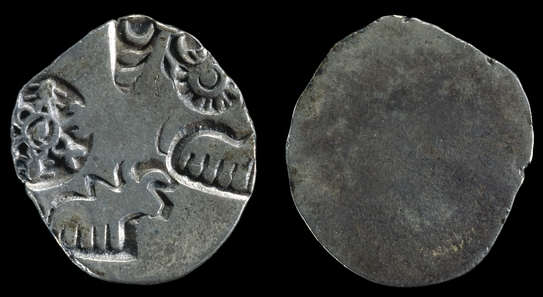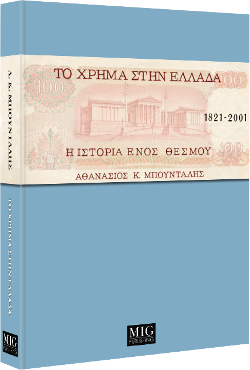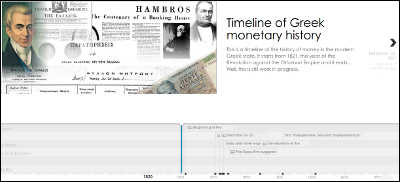-Papa! what's money?
-What is money, Paul? Money?
-Yes, what is money?
-Gold, and silver, and copper. Guineas, shillings, half-pence. You know what they are?
-Oh yes, I know what they are. I don't mean that, Papa. I mean what's money after all?
Little Paul Dombey, Dombey and Son, by Charles Dickens (1848)
Indian dharana and Greek drachma: correlations or coincidences?

The dharana (धारण, also known as silver karshapana) was an ancient Indian coin and unit of weight.1 According to Alexander del Mar, its name's origin can be traced to the Sanskrit word dhri (to hold).2 Indeed, dhri means to hold, to bear, to carry,3 and from this root stem the adjectives dhâri, dhâraka (= dhri + aka) and dhârana (= dhri + ana) which mean holding, bearing.4
If we compare with the Greek drachma coin, whose name stems from the root drax (nom.: δρὰξ, gen.: τῆς δρακὸς, modern Greek: δράκα) which signifies a fistful and is related to the verb δράσσομαι/δράττομαι (to grab, to hold) then an interesting correlation arises.
A possibly common linguistic root observed by a monetary historian. The similarity of the Sanskrit dhâraka with the modern Greek dhraka (δράκα) is at least provocative.

Silver Aegina drachma (source: Wikipedia)

Silver karshapana (dharana) of the Mauryan Empire, 3rd century BC, Northern India (Item CM OR.7296, ©Trustees of the British Museum, reproduced according to terms of use).
Of course, correlation does not imply causality and we should be cautious. For example, the two coins do not seem directly related since the silver drachma was significantly heavier than the silver karshapana.5 In any event, I do not address issues regarding the most ancient linguistic root or the most ancient coin, since it is not something I have researched.
However, these similarities, if not accidental, indicate early relations between two distant civilizations. If we compare with the Persian/Arab dirhem which is traced to the drachma and returned as the drami (δράμι: unit of weight), then we have an interesting route which connects Greece, India, Persia and the Arab world.
References
1 D. C. Sircar, Studies in Indian Coins, Motilal Banarsidass Publishers, Delhi 2008(1998), p. 73
2 Alexander del Mar, A history of money in ancient countries from the earliest times to the present, George Bell & Sons, London 1885, p. 61
3 Arthur A. MacDonell, Sanskrit English Dictionary (Practical Hand Book), Longman, Greens & Co., London 1893, pp. 133-134 (https://archive.org/details/afr4858.0001.001.umich.edu).
4 (a) Arthur A. MacDonell, Sanskrit English Dictionary, p. 132. (b) Theodor Benfey, A Sanskrit-English Dictionary: With References to the Best Edition of Sanskrit Author and Etymologies and Camparisons of Cognate Words Chiefly in Greek, Latin, Gothic, and Anglo-Saxon, Asian Educational Services, New Delhi 1998 (1866), p. 439.
5 Solon's drachma is calculated at 67.5 grains or 4,3 g, equal to 0.73 Aegina drachmas which weighed 92.4 grains or 6 g [Barclay V. Head (transl. I. N. Svoronos) History of coins, vol. 1, Τυπ. Π. Δ. Σακελλαρίου, Athens 1898, p. 459]. Extant dharanas weigh ca. 3.4 g.








Add new comment